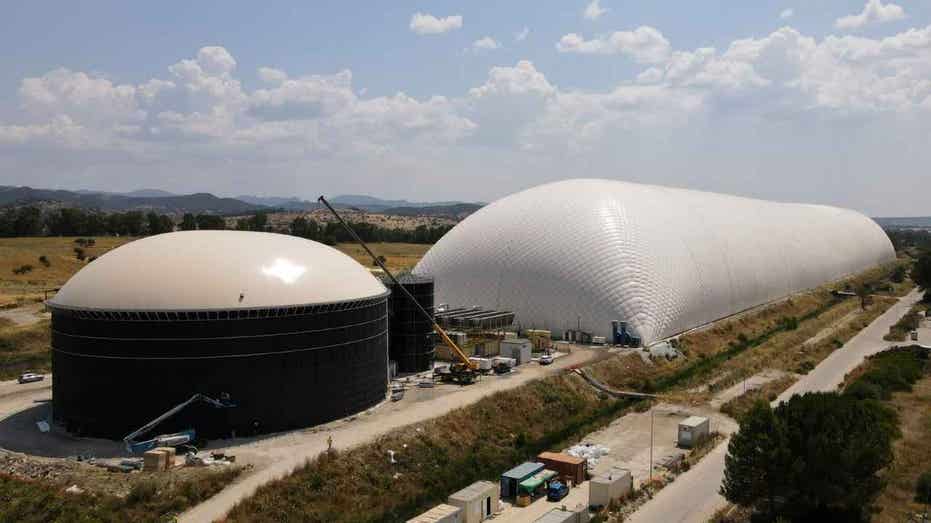Google Partners to Store Clean Energy Using CO2
Google just announced a partnership with Italian firm Energy Dome to help store clean energy using carbon dioxide in an entirely new way.

Google is turning the idea of carbon dioxide as a climate change villain on its head. The company has teamed up with the Italian firm Energy Dome to use CO2 in an innovative new way: as a battery to store clean energy.
This partnership will deploy long-duration energy storage (LDES) systems at Google's renewable energy projects globally. The goal is to store excess energy generated from wind and solar when production is high and release it when the weather doesn't cooperate.
Unlike most current batteries, which offer only a few hours of backup power, Energy Dome's CO2 Battery can provide clean, on-demand energy for up to 24 hours. This technology uses simple physics and readily available mechanical components instead of relying on expensive, hard-to-source materials like lithium.
The system works by compressing CO2 gas into a liquid. When electricity is needed, the liquid is heated, causing it to expand back into a gas. This expanding gas spins a turbine to generate power. The CO2 is then cooled and captured again in a closed-loop system, ready for the next cycle.
This technology has already been proven at a commercial facility in Italy, and Google's support will help accelerate its global rollout. By investing in these deployments, Google is moving closer to its goal of operating on 24/7 carbon-free energy by 2030, while also providing a solution that can help stabilize power grids for entire communities.
Option 2 (Engaging and High-Level)
Google Is Turning Carbon Dioxide Into a Battery to Solve the Clean Energy Puzzle
What if carbon dioxide, the gas we usually blame for climate change, could be the key to solving it? That's the bold idea behind a new partnership between Google and an Italian company called Energy Dome. Together, they're deploying an entirely new kind of energy storage system that uses CO2 as a battery.
The big problem with wind and solar energy is that they're intermittent—they only work when the sun is shining or the wind is blowing. Most batteries can only fill this gap for a few hours. That's where Energy Dome's CO2 Battery comes in. It's a game-changing technology that can provide clean, reliable power for up to 24 hours.
Instead of storing electricity with expensive chemicals, the CO2 Battery uses a genius trick of physics. It stores energy by compressing carbon dioxide into a liquid. When more power is needed, the liquid turns back into a gas, which expands and spins a turbine to generate electricity. This process happens in a closed, carbon-free loop.
This isn't just a pilot project; the technology is already proven and running in Italy. Google's partnership is a massive vote of confidence that will help roll out this scalable solution across the globe. By making renewable energy more dependable, this technology can help stabilize power grids, reduce reliance on fossil fuels, and make clean energy more accessible for everyone. It's a major step toward a more resilient and sustainable energy future.
Option 3 (Concise and Summary-Focused)
Google and Energy Dome to Store Clean Energy with CO2 Batteries
Google has partnered with Italian firm Energy Dome to deploy a groundbreaking new energy storage system that uses carbon dioxide (CO2). The collaboration aims to overcome the intermittent nature of renewable energy by storing excess power from wind and solar farms.
The core technology, called the CO2 Battery, provides up to 24 hours of reliable power. It works by compressing CO2 gas into a liquid to store energy. When power is needed, the system expands the liquid back into a gas, which spins a turbine to generate electricity. This is a clean, closed-loop process that avoids the need for expensive materials like lithium.
With successful commercial operation already underway in Italy, Google's investment will help bring this technology to a global scale. This will not only help Google achieve its goal of 24/7 carbon-free operations but will also provide a more stable and resilient power grid for communities worldwide.






















